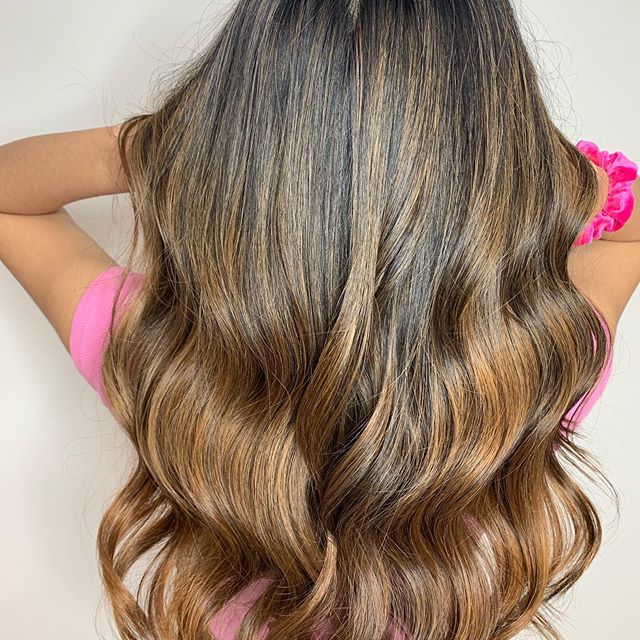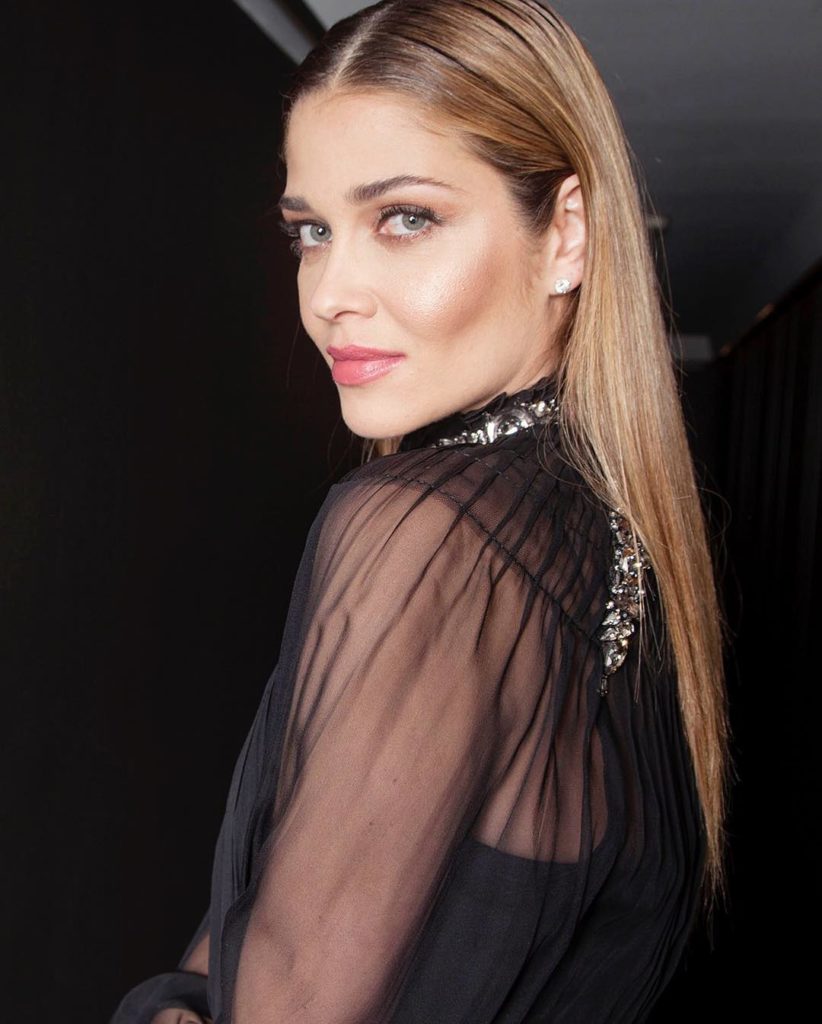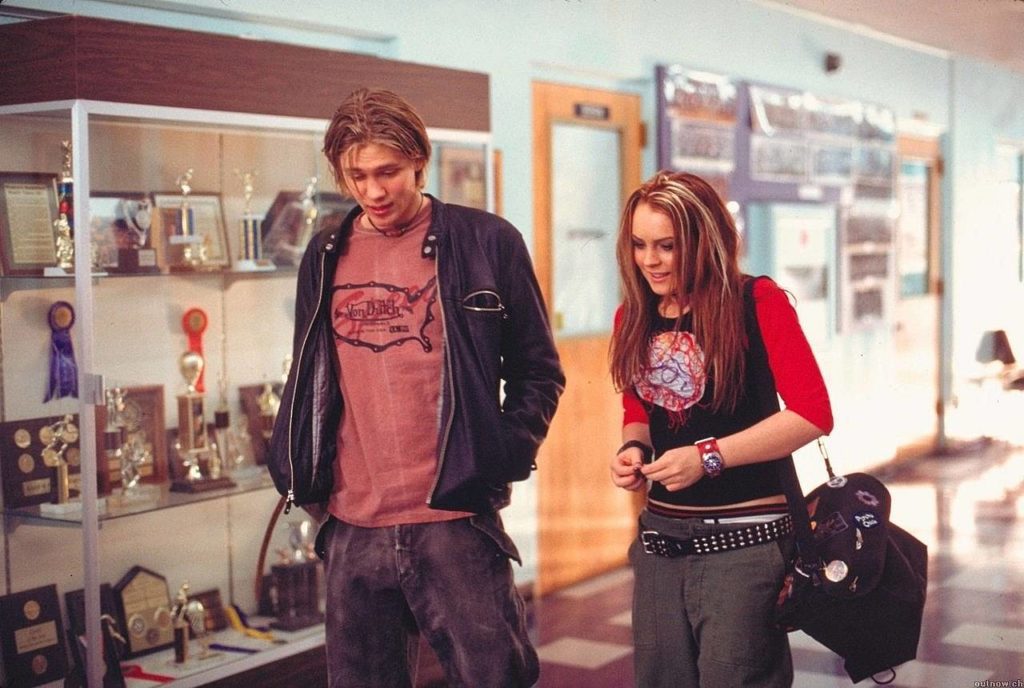Style July 15, 2019
It's no longer the 90's. You should really ditch the highlights, and here's why.


In today’s age, beauty has been shifting more towards healthy and natural. Whether it’s ingredients in products, or how those products affect us in the long run, we want whatever is less damaging.
Hair highlighting has been a popular practice for years now, but not too long ago a newcomer changed the game. This newbie is balayage, and it’s got a lot to offer to beat out the competition.
Here’s everything you need to know about the balayage vs highlights debate and some of the biggest differences between the two hair-lightening methods:
Since both techniques are for lightening hair, they both will inevitably strip color from the hair. However, ingredients can vary depending on brands, colorists and salons.
Both balayage and highlights will use some type of hair dye. It’s just the process and technique that sets them apart.
The main difference between highlights and balayage is the overall look and the upkeep afterwards.
Highlights are done with foils or a cap, leaving stripy sections of colored hair that grow out unevenly.
Balayage is “swept” on by hand, leaving the stylist room to make the look as natural as possible.

Balayage literally means “to sweep” in French. Balayage is solely the technique (not a specific product) of applying hair color, as explained by beauty experts in Grazia. It does not saturate the hair in foil sheets; it is brushed on and left to touch other hairs.
Sweeping the hair gives it an effortless, sun-kissed finish. A good balayage treatment should be “very close and soft at the root leading to a thicker highlight at the ends of the hair,” said ELLE beauty writer, George Driver.
As opposed to highlights, the soft gradient of balayage will not leave hair streaky or sectioned off. This allows your hair to have the illusion of dimension to possess natural tones.


Balayage is not only for blondes or light brunettes. According to L’Oreal Paris, any hair color and type can use balayage. Just be aware that the darker the hair, the more lightning it will have to go through.
If your hair is very dark, it might take more than one trip to the salon or at home treatment to get the color you want.
There are actually different shades of balayage that can be used depending on the natural hair color. Different brands such as Redken and John Frieda have various shades to choose from. Their colors range from blonde, red, brunette and even darker tones.
When highlights grow out, they expose the natural hair color right up against the colored hair.
Balayage grows out blending in with the natural hair. This means fewer trips to the salon for touch-ups. It will also save you money by requiring fewer treatments. Balayage takes a lot less time and requires a lot less upkeep.
So what’s the biggest takeaway in the balayage vs highlights debate? Balayage is more natural and time efficient than regular highlights. It requires less upkeep and can easily be changed without doing more damage to hair. Growing out a balayage will look completely natural whereas highlights will not.
Either method will put some damage on your hair. So no matter what you choose, be sure it is something you are OK with.
Talk to different stylists and salons to see what will be best for you. Just know the beauty trends of today. Less damage and more natural is what to shoot for, and that can be obtained by the balayage method.